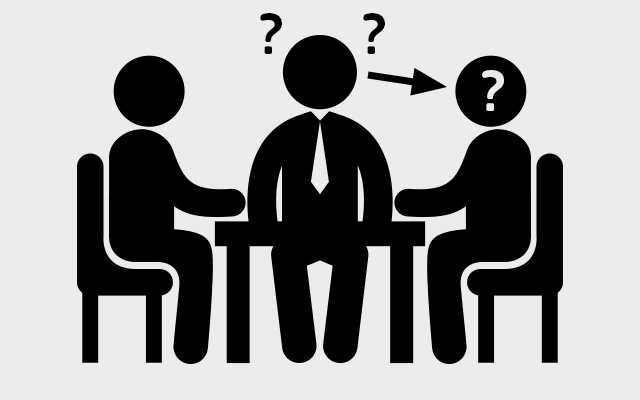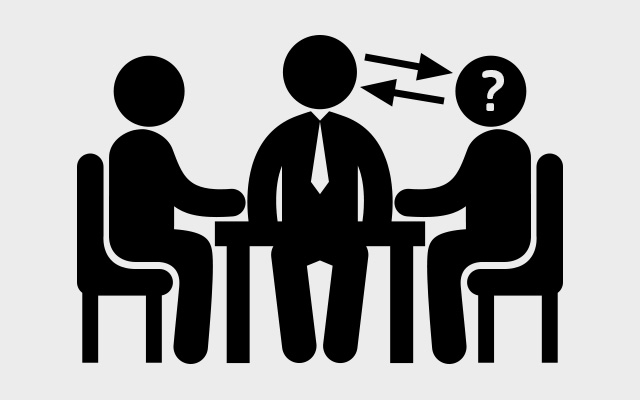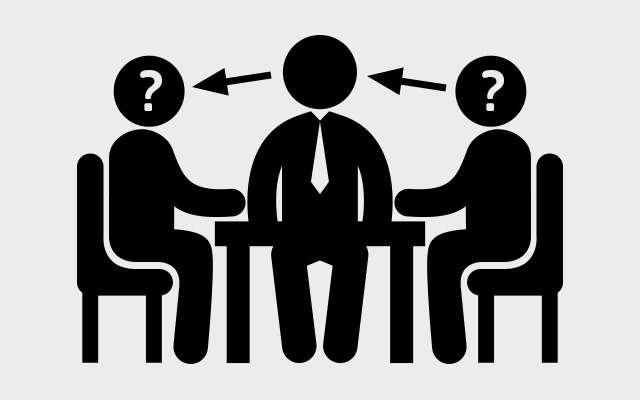Andy Trainer
10 Jul 2014
Effective Questioning Techniques for Trainers and Coaches
Using questions in training is the most effective way to engage with your group and encourage participation.
Questions give you instant feedback on how well your sessions are going while keeping discussion moving forward.
There are a number of questioning techniques and each is useful for different purposes and situations. They are:
- General
- Pass On
- Question, Wait, Select
- Send Back
- Send Out
Before I go into each technique in more detail, I'm first going to run through; why questions are important in good training sessions and what constitutes an excellent question.
We recommend that new and inexperienced trainers attend our 2-day Train the Trainer workshops. We will help you deliver more effective, engaging training sessions.
The Purpose of Questions is...
... to find out what the learners already know about the subject
This is useful at the beginning of a session it helps to pitch the training at the correct level for the group.
It is a great way to find out the range of knowledge and skill level in the group and quickly identifies learners who shouldn't be there.
... to create and hold interest
Sessions that include questions are more enjoyable than those in which they passively try to absorb information.
Questions enable you to persuade quieter learners to take part in the discussion and encourage participation from the whole group.
... to stimulate and focus the learner's thinking
Questions take the learner from the known to the unknown, the simple to the complex.
They help achieve the objectives of the sessions and help learners analyse their own strengths and areas for improvement.
... to help recall of knowledge
When we think through the answer to a question ourselves, we find it much easier to remember than if someone tells us the answer.
Prompting learners to give answers, or follow a manual, is useful because it is an active process and it will help them find the information in the future.
... to monitor progress
Questions enable you to check how effective your training/coaching has been, highlighting any misunderstandings and incorrect facts the learners might have.
They enable an effective way to review and recap what learning has taken place.
... to build confidence
If a learner is able to answer your questions it will confirm their own knowledge and understanding and consequently build their confidence.
Characteristics of Excellent Questions
Clear and Concise
- Only ask one question at a time
- Use simple language
- Word them in a way that it is clear what is wanted
Related to the Objectives of the Training/Coaching Session
- Focus on the main learning points
- Plan your questions so they lead to the achievement of the objectives
All Learners Should be Asked Questions
- Questions should be asked in such a way that ALL learners have to think about the answer to every question
- Learners should be nominated to answer questions in a random order
Open but Guided
- All questions should require more than a 'yes' or 'no' answer
- Where a closed question is used, it should always be followed by an open one, such as 'why?'
- Rather than ask a general question like 'Where do we click next?' ask instead of a more guided one like 'Which menu do we need to click on next?'
General vs. Guided Questions
| General Questions | Guided Questions |
|---|---|
| What do we need to do next? | Which icon do we need to click on next? |
| What has happened to your text? | How do you know your text is selected? |
| What are we looking for on our screen? | What does the icon look like? |
| Which icon is it? | Where is the icon on the screen? |
| Why can't we cut our text? | Why is the cut icon not available? |
| What does your mouse look like? | When you hover your mouse over one of the linked areas on the page, what does it look like? |
Questioning;Techniques
The General Questioning Technique
The trainer/coach asks a question of the whole group, they then wait for somebody to volunteer an answer.

When should you use this type of questioning technique?
A good time to use this technique is during the introduction at the beginning of the day, or at the start of each topic.
What are the benefits?
This type of questioning encourages discussion and helps build rapport with your delegates.
If you are working with a group, it is also helpful in discovering which learners are easily participative or knowledgeable.
The Pass On Questioning Technique
The trainer asks a question individually of each learner in turn (the question;remains the same).

When should you use this type of questions technique?
A good time to use this technique is at the beginning of a session to check experience and application (relevance to their work). Or to build up a full answer so that if you only get part of the answer you can ask the question again.
What are the benefits?
This type of questioning encourages learners to learn from each other, to find out the experience of the group and how they think it will be useful to them.
It is also an excellent way of building a complete answer for complex subject matter, or discovering a number of alternative answers.
The Question, Wait, Select Questioning Technique
The trainer asks a question to the whole group, pauses and then nominates (names) one learner directly to answer it.

When should you use this type of questioning technique?
This technique can feel threatening to your learners, so introduce it slowly.
A good time to use this technique is to check to understand, especially during your recap or review.
What are the benefits?
This type of questioning encourages the trainer to take control, thus enabling participation from all learners.
You should use this technique more frequently than any of the others, because it makes the whole group think about the answer.
The next two techniques depend on your learners.
The Send Back Questioning Technique
A learner asks a question, the trainer asks it back of the same learner (possibly rephrasing it).

When should you use this type of questioning technique?
A good time to use this technique is when the question is asked of you, and you think the learner knows the answer - you sense they are just looking for reassurance.
What are the benefits?
This type of questioning encourages the learner to think about their question, and gives them a chance to answer it, consequently confirming their knowledge and building their confidence.
The Send Out Questioning Technique
A learner asks a question, the trainer repeats or rewords it and asks it of the other learners in the group.

When should you use this type of questioning technique?
A good time to use this technique is when the question is asked of you, and you think it can be answered by one of the other learners in the group.
What are the benefits?
This type of questioning encourages involvement from all the learners and helps to confirm their knowledge whilst building their confidence.
Do you have any other questioning techniques that you use in training? Share them in the comments below!
